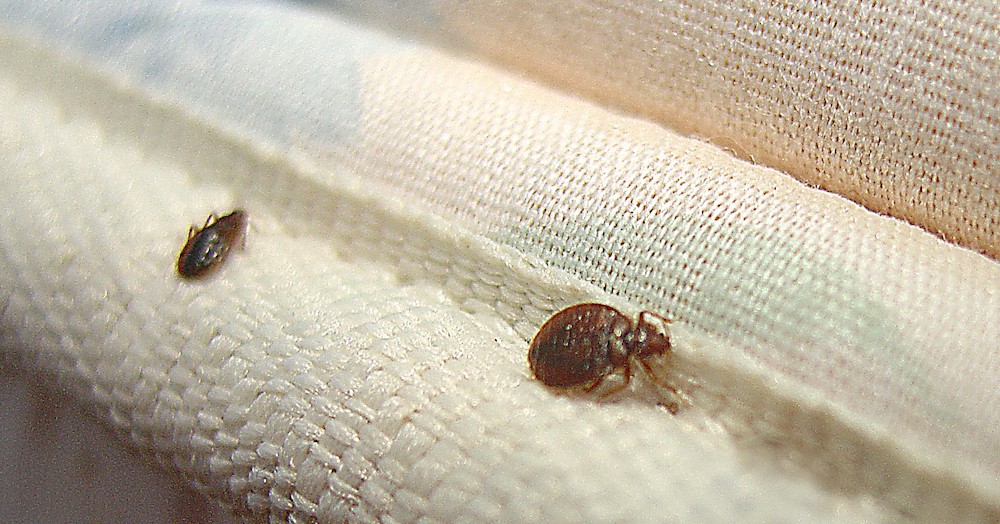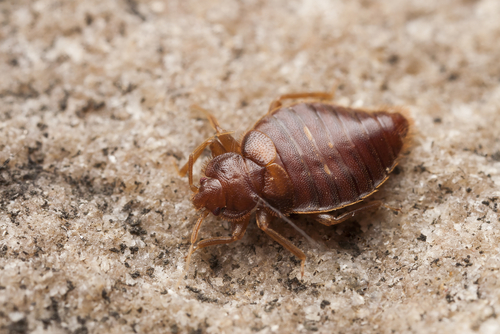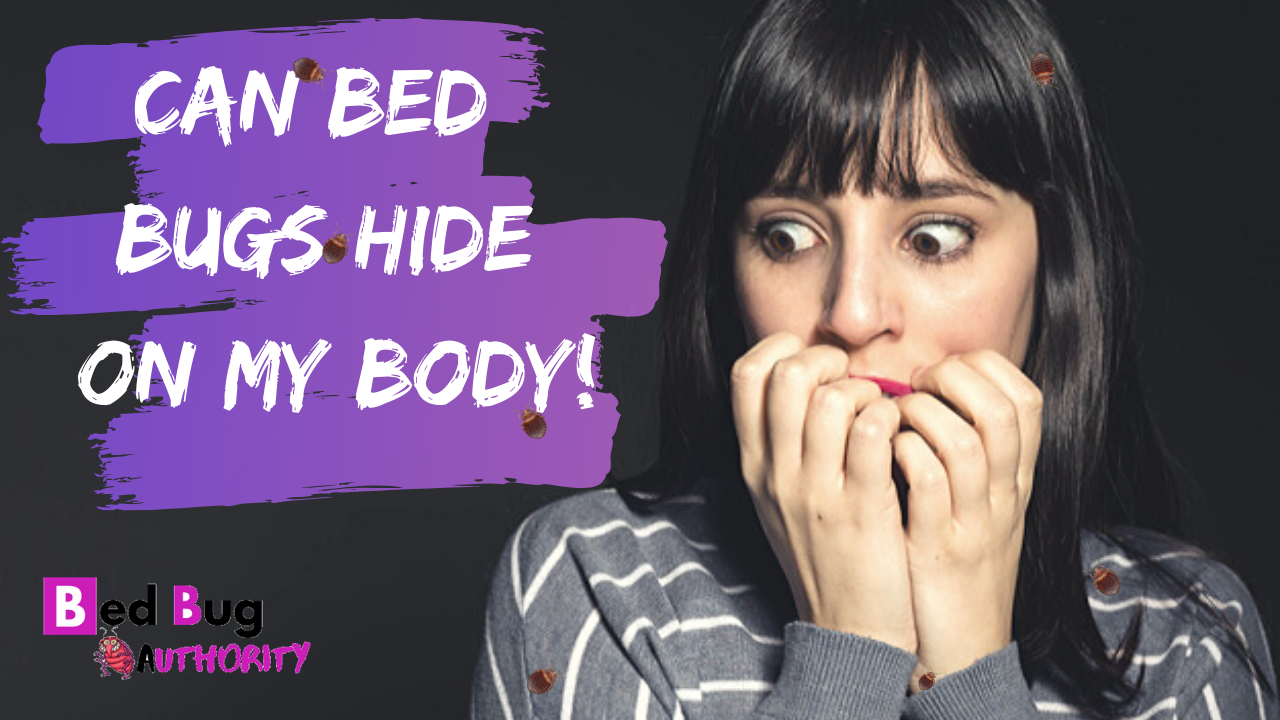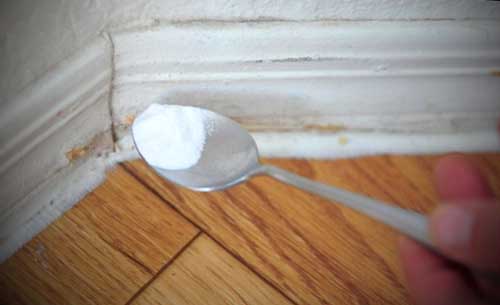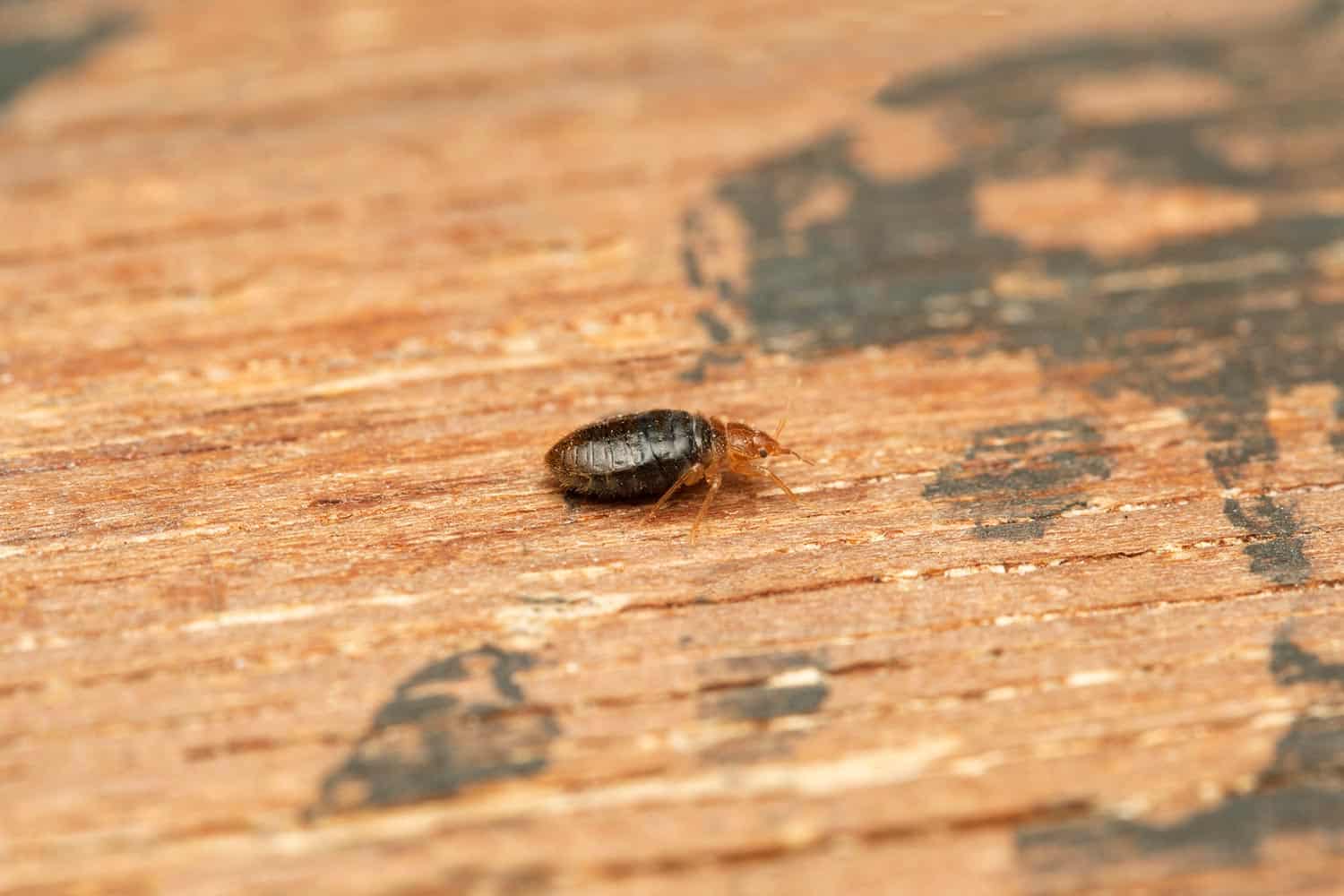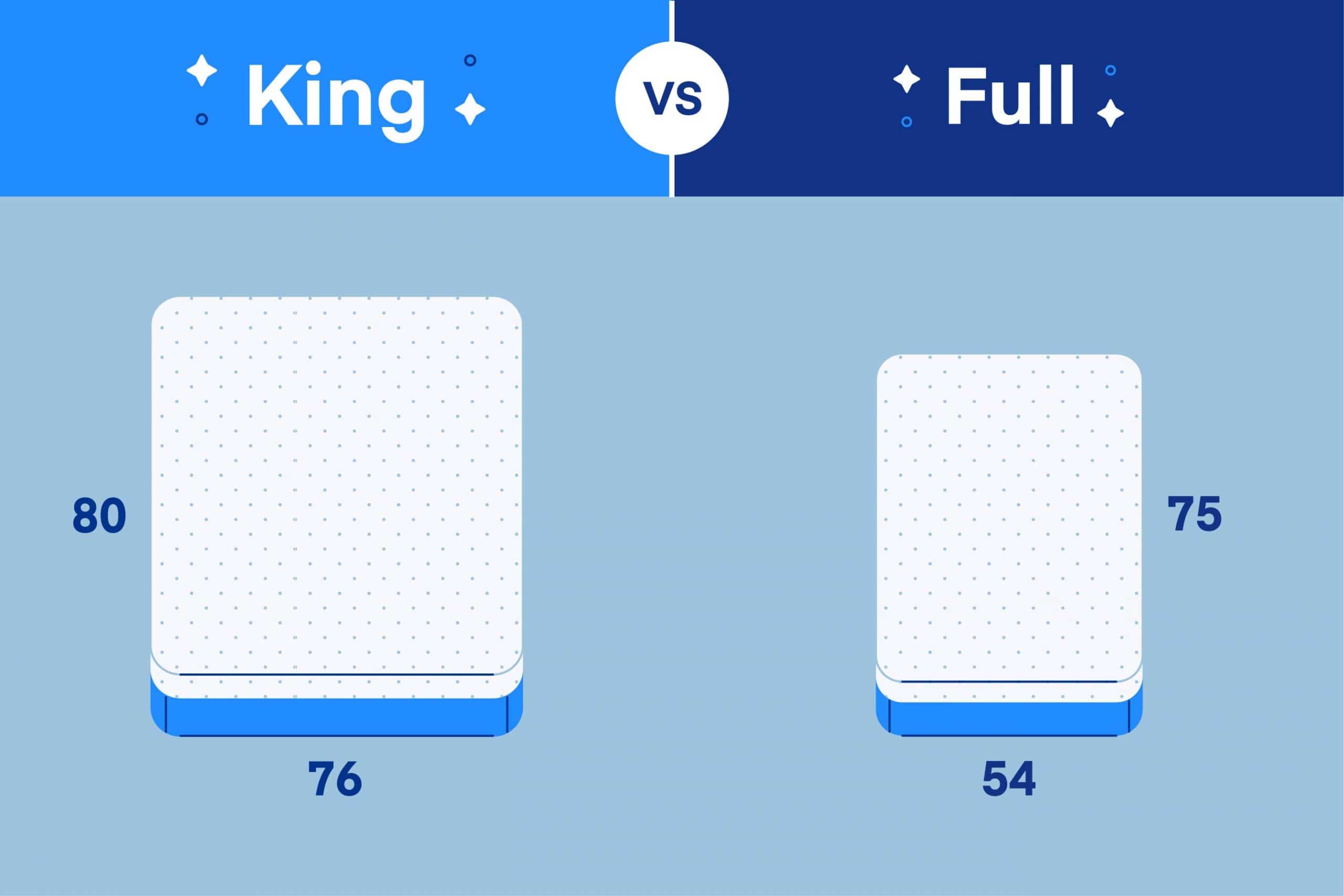Bed bugs are small, reddish-brown insects that feed on the blood of humans and animals. They are notorious for hiding in various places, including mattresses. If you suspect that you have a bed bug infestation, the first place to check is your mattress. Here are the top 10 signs of bed bugs in mattresses to look out for. 1. Bites on your skin One of the most obvious signs of bed bugs in mattresses is waking up with itchy, red bites on your skin. Bed bugs are nocturnal creatures, so they are most active at night when you are asleep. They feed on exposed skin, leaving behind small, raised bites that can become itchy and inflamed. 2. Rusty or dark spots on your mattress Bed bugs leave behind excrement that looks like small, black or brown spots on your mattress. These spots may also appear rusty if the bed bugs have been feeding on blood. Check for these spots on your mattress, especially along the seams and corners. 3. Musty odor If your mattress has a musty, sweet odor, it could be a sign of a bed bug infestation. Bed bugs release pheromones, which can give off a musty smell. This odor can become more prominent if the infestation is severe. 4. Shells or casings As bed bugs grow and molt, they leave behind their old shells or casings. These can be found on your mattress, particularly in areas where bed bugs hide and shed their skin. 5. Live bed bugs The most obvious sign of bed bugs in mattresses is finding live bed bugs. They are about the size of an apple seed and can sometimes be seen crawling on your mattress. Look for them along the seams, folds, and crevices of your mattress.Signs of Bed Bugs in Mattresses
Now that you know the signs of bed bugs in mattresses, it's important to know how to properly check for them. Here are the steps you can take to check for bed bugs in your mattress: 1. Strip your bed The first step is to remove all bedding, including sheets, blankets, and pillowcases. This will give you a clear view of your mattress. 2. Use a flashlight Using a flashlight, thoroughly inspect your mattress, paying close attention to the seams, folds, and crevices. Bed bugs can be difficult to spot, so look carefully for any signs of them. 3. Check the headboard and bed frame Bed bugs can also hide in the headboard and bed frame, so be sure to check those as well. Look for any signs of bed bugs, such as shells, casings, or live bugs. 4. Use a bed bug detector You can also use a bed bug detector, which is a special mat that goes under your mattress. It has a sticky surface that can trap bed bugs as they try to crawl onto your bed. 5. Call a professional If you are unsure or unable to properly check for bed bugs in your mattress, it's best to call a professional pest control company. They have the expertise and tools to effectively identify and treat bed bug infestations.How to Check for Bed Bugs in Mattresses
Unfortunately, the answer is yes. Bed bugs can live in mattresses, as well as other areas of your home. They are excellent at hiding and can fit into tiny spaces, making mattresses an ideal hiding spot for them. Bed bugs are attracted to warmth and carbon dioxide, both of which are emitted by humans while they sleep. This makes mattresses a prime location for bed bugs to feed on their hosts.Can Bed Bugs Live in Mattresses?
If you have confirmed a bed bug infestation in your mattress, it's important to take immediate action to get rid of them. Here are the steps you can take to eliminate bed bugs from your mattress: 1. Wash and dry all bedding The first step is to wash all bedding, including sheets, blankets, and pillowcases, in hot water and dry them on the hottest setting. This will help to kill any bed bugs and their eggs. 2. Vacuum your mattress Using a vacuum with a HEPA filter, thoroughly vacuum your mattress, paying close attention to seams, folds, and crevices. This will help to remove any bed bugs, their eggs, and other debris. 3. Use a mattress encasement A mattress encasement is a special cover that completely encases your mattress, making it impossible for bed bugs to get in or out. This can help to prevent future infestations and trap any remaining bed bugs inside. 4. Use a bed bug spray You can also use a bed bug spray specifically designed for mattresses. Be sure to follow the instructions carefully and repeat the treatment as directed. 5. Call a professional If the infestation is severe, it's best to call a professional pest control company to treat your mattress and eliminate the bed bugs. They have the expertise and tools to effectively get rid of bed bugs.How to Get Rid of Bed Bugs in Mattresses
Bed bugs are excellent at hiding, and they can be found in various places on your mattress. Some common areas where bed bugs hide in mattresses include: 1. Seams and folds Bed bugs love to hide in the seams and folds of mattresses, as well as in the piping around the edges. 2. Crevices and cracks They can also hide in any crevices or cracks in your mattress, such as where the fabric is stitched together or where the headboard attaches to the frame. 3. Box springs Bed bugs can also hide in the box springs of your mattress, so be sure to check those as well. 4. Underneath buttons or tags Believe it or not, bed bugs can even hide underneath buttons or tags on your mattress. Be sure to check these areas as well.Where Do Bed Bugs Hide in Mattresses?
Prevention is key when it comes to bed bugs in mattresses. Here are some steps you can take to prevent bed bugs from infesting your mattress: 1. Regularly vacuum and clean your mattress Vacuuming and cleaning your mattress regularly can help to remove any bed bugs or eggs that may be hiding on the surface. 2. Use a mattress encasement As mentioned earlier, a mattress encasement can help to prevent bed bugs from infesting your mattress. 3. Check for bed bugs when traveling When staying in hotels or other accommodations, be sure to thoroughly check for bed bugs in the mattress before settling in. 4. Inspect used mattresses before bringing them into your home If you are considering purchasing a used mattress, be sure to thoroughly inspect it for any signs of bed bugs before bringing it into your home.How to Prevent Bed Bugs in Mattresses
Yes, bed bugs can hide in memory foam mattresses. While memory foam is a denser material than traditional mattresses, it still provides plenty of hiding spots for bed bugs. They can hide in the seams, folds, and crevices, just like in any other type of mattress.Do Bed Bugs Hide in Memory Foam Mattresses?
Unfortunately, the answer is yes. Bed bugs can hide in air mattresses, just like any other type of mattress. They can crawl into the seams and folds, making it difficult to spot them.Can Bed Bugs Hide in Air Mattresses?
If you have confirmed a bed bug infestation in your mattress, it's important to take immediate action to treat it. Here are the steps you can take to treat bed bugs in your mattress: 1. Wash and dry all bedding As mentioned earlier, washing and drying all bedding in hot water can help to kill any bed bugs and their eggs. 2. Vacuum your mattress Thoroughly vacuuming your mattress can help to remove any bed bugs, their eggs, and other debris. 3. Use a mattress encasement Using a mattress encasement can help to trap any remaining bed bugs inside and prevent future infestations. 4. Use a bed bug spray Using a bed bug spray specifically designed for mattresses can help to eliminate any remaining bed bugs. Be sure to follow the instructions carefully and repeat the treatment as directed. 5. Call a professional If the infestation is severe, it's best to call a professional pest control company to treat your mattress and eliminate the bed bugs.How to Treat Bed Bugs in Mattresses
Yes, bed bugs can hide in box springs, making them another common hiding spot for these pests. Be sure to thoroughly check and treat your box springs if you suspect a bed bug infestation.Can Bed Bugs Hide in Box Springs?
What to Look For When Checking for Bed Bugs in Your Mattress

Signs of Bed Bugs in Mattresses
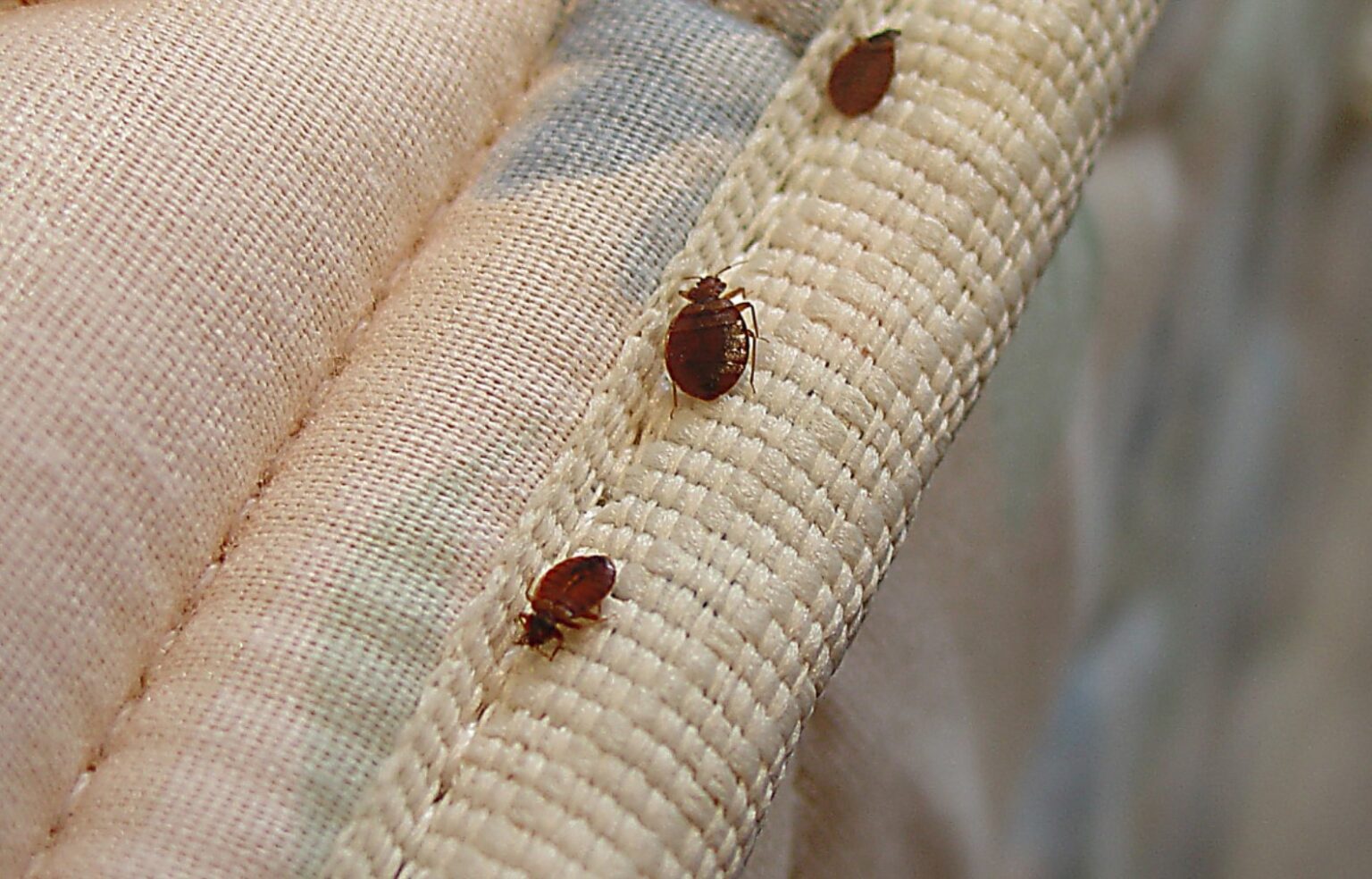 If you're worried about
bed bugs
in your home, the first place you should check is your
mattress
. These pesky insects love to hide and breed in the seams and crevices of mattresses, making it their perfect hiding spot. But how can you tell if your
mattress
is infested with
bed bugs
? Here are some key signs to look out for:
If you're worried about
bed bugs
in your home, the first place you should check is your
mattress
. These pesky insects love to hide and breed in the seams and crevices of mattresses, making it their perfect hiding spot. But how can you tell if your
mattress
is infested with
bed bugs
? Here are some key signs to look out for:
Visible Bugs or Dark Spots
Bite Marks on Your Skin
 Another tell-tale sign of
bed bugs
in your
mattress
is waking up with
red, itchy bite marks
on your skin. These bites are typically in a straight line and can be found on any exposed areas of your body. While these bites may not be painful, they can be extremely irritating and can even lead to an allergic reaction in some people.
Another tell-tale sign of
bed bugs
in your
mattress
is waking up with
red, itchy bite marks
on your skin. These bites are typically in a straight line and can be found on any exposed areas of your body. While these bites may not be painful, they can be extremely irritating and can even lead to an allergic reaction in some people.
Musty Odor
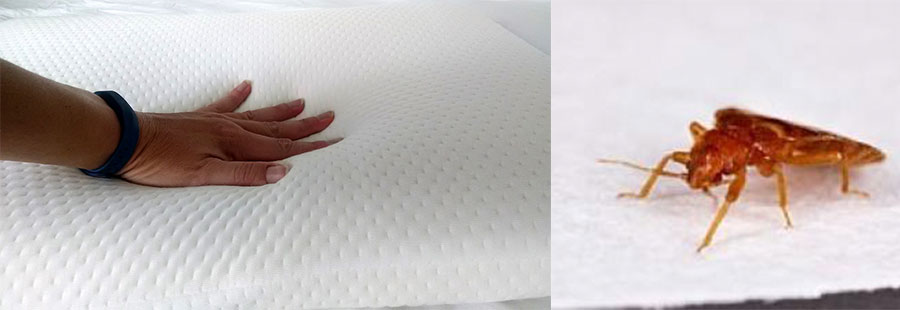 If your
mattress
has a musty, sweet smell, it could be a sign of a
bed bug infestation
. These bugs release a scent from their glands that has been described as a combination of coriander and almonds. If you notice this smell in your bedroom, it's important to thoroughly check your
mattress
for any signs of
bed bugs
.
If your
mattress
has a musty, sweet smell, it could be a sign of a
bed bug infestation
. These bugs release a scent from their glands that has been described as a combination of coriander and almonds. If you notice this smell in your bedroom, it's important to thoroughly check your
mattress
for any signs of
bed bugs
.
Evidence of Molting
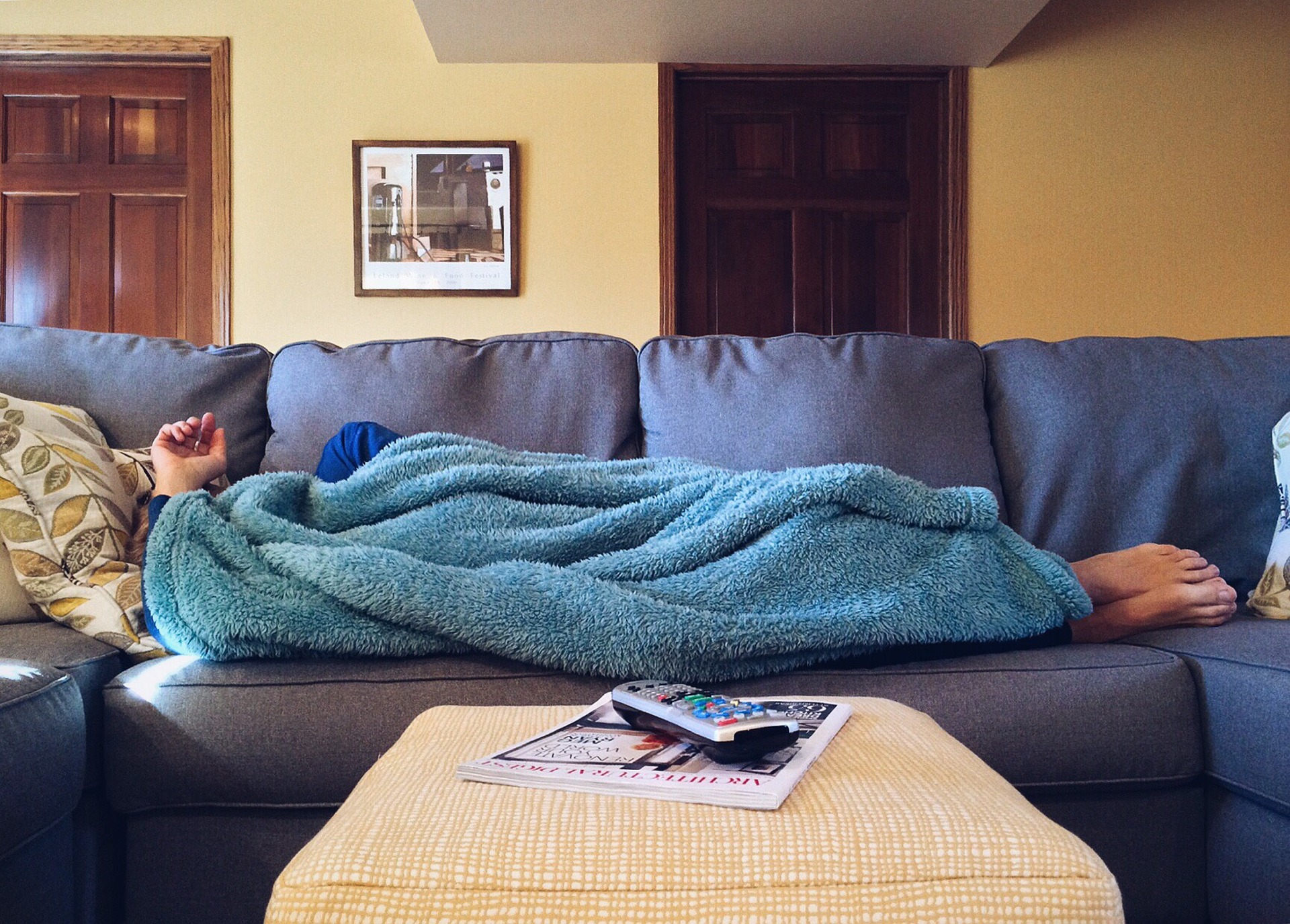 Like many other insects,
bed bugs
go through multiple stages of growth and must shed their skin in order to grow. If you find any
bed bug casings
on your
mattress
, it's a clear sign that there is an infestation present. These casings are typically a yellowish-white color and may be found in the seams or folds of your
mattress
.
Like many other insects,
bed bugs
go through multiple stages of growth and must shed their skin in order to grow. If you find any
bed bug casings
on your
mattress
, it's a clear sign that there is an infestation present. These casings are typically a yellowish-white color and may be found in the seams or folds of your
mattress
.
Conclusion
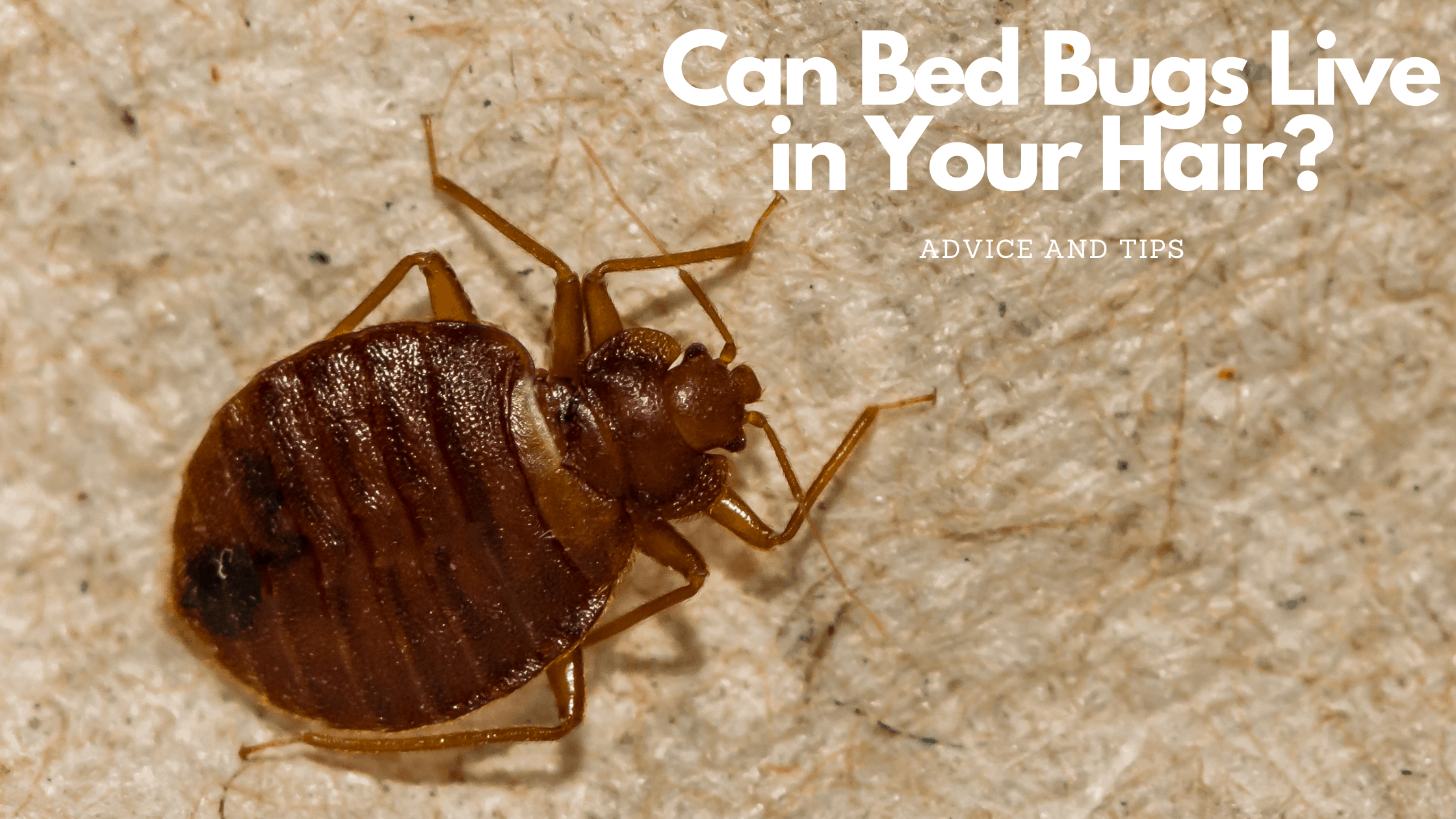 If you suspect that your
mattress
is infested with
bed bugs
, it's important to take action immediately. These insects can quickly multiply and spread to other areas of your home, making it difficult and costly to get rid of them. Regularly checking your
mattress
for signs of
bed bugs
and taking preventive measures can help you avoid a full-blown infestation. Remember, if you do find
bed bugs
in your
mattress
, it's best to seek professional help to ensure they are fully eradicated.
If you suspect that your
mattress
is infested with
bed bugs
, it's important to take action immediately. These insects can quickly multiply and spread to other areas of your home, making it difficult and costly to get rid of them. Regularly checking your
mattress
for signs of
bed bugs
and taking preventive measures can help you avoid a full-blown infestation. Remember, if you do find
bed bugs
in your
mattress
, it's best to seek professional help to ensure they are fully eradicated.

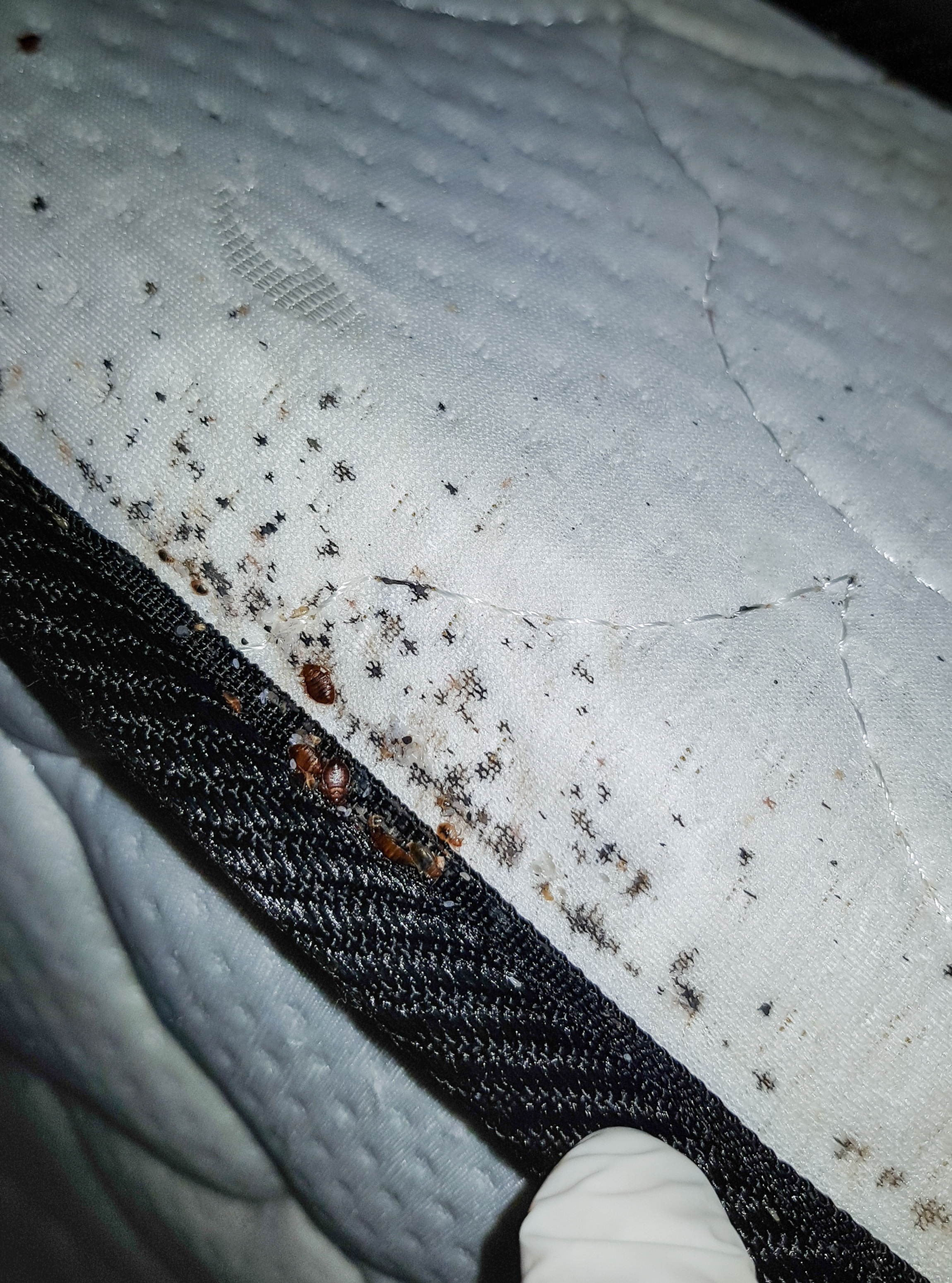



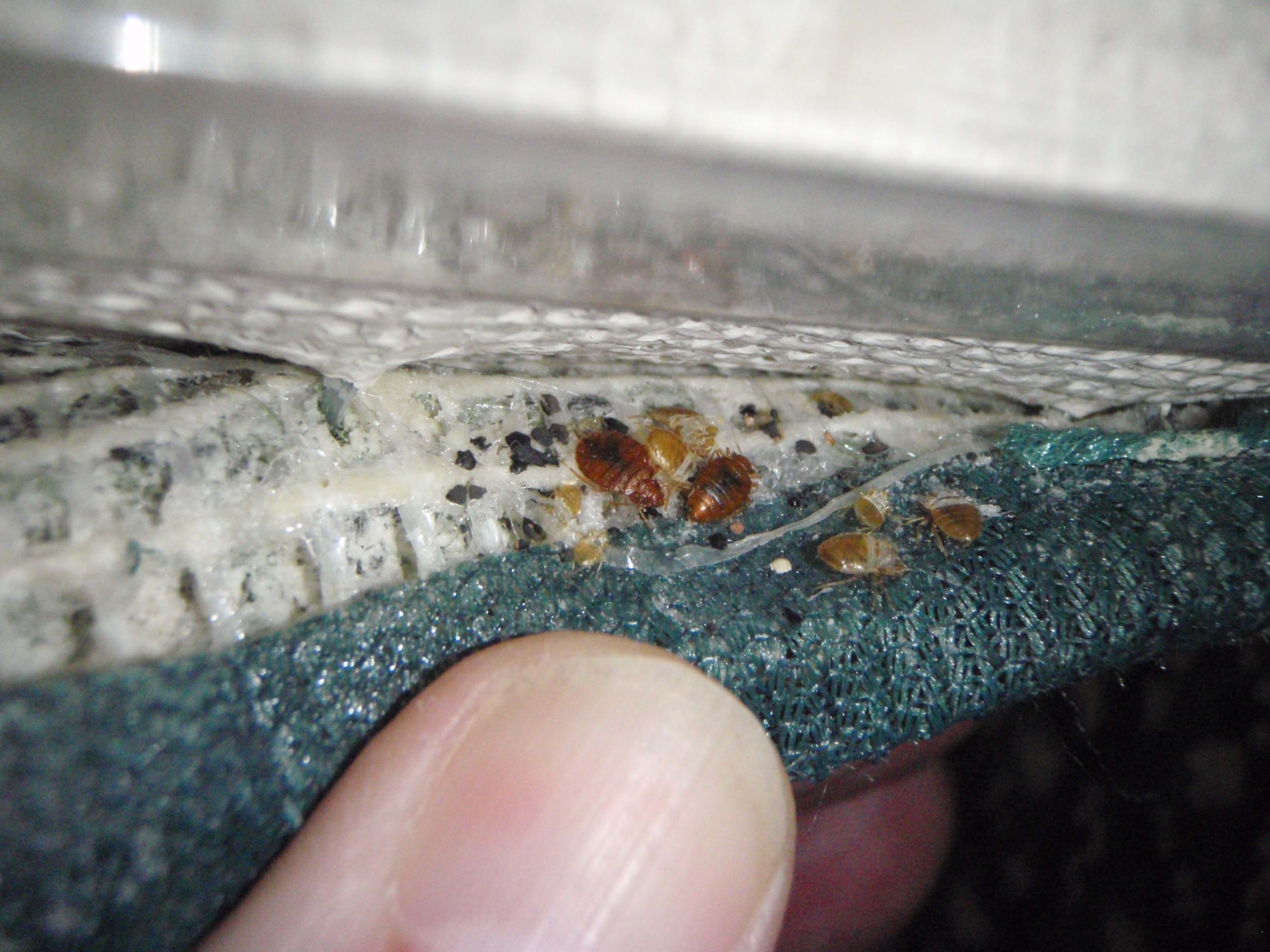



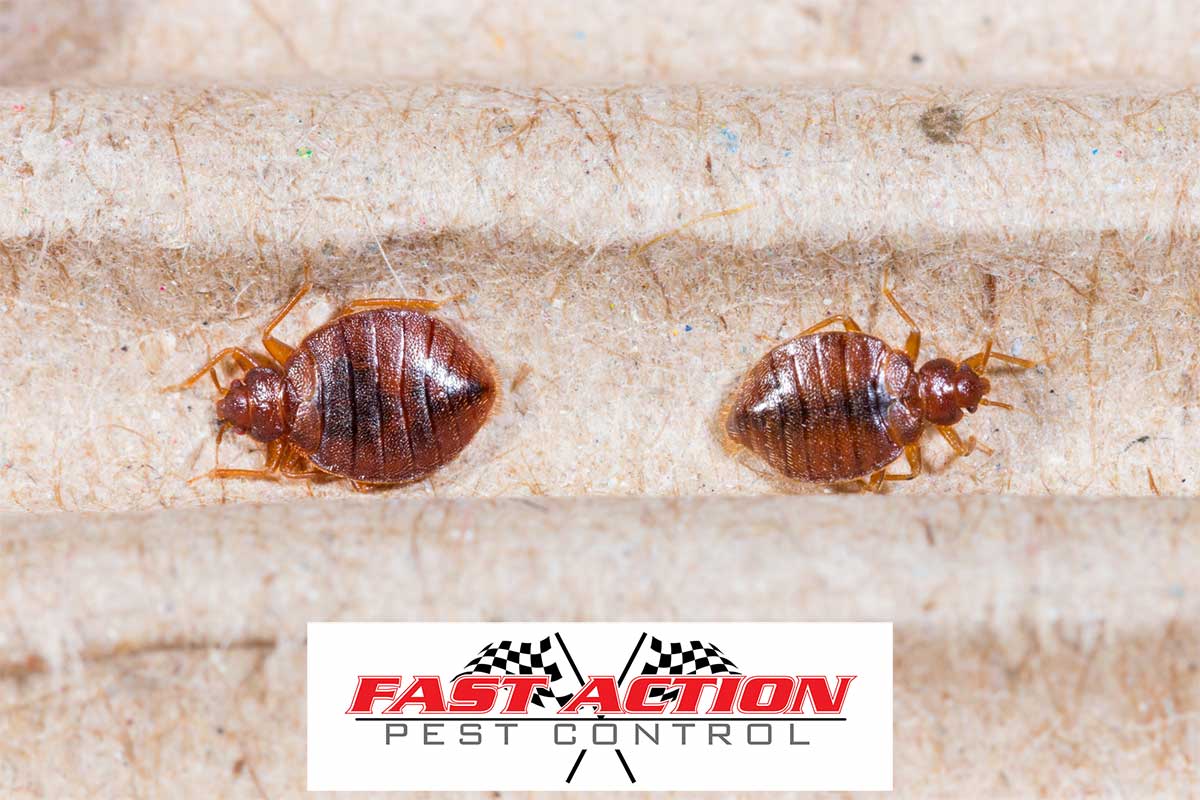
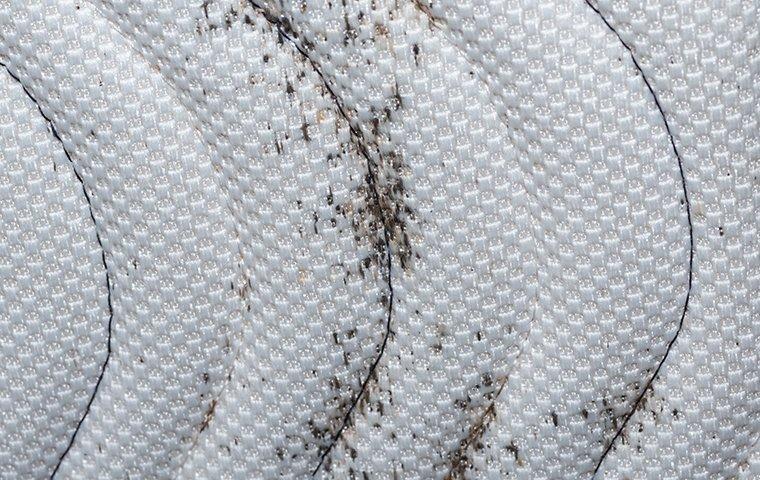

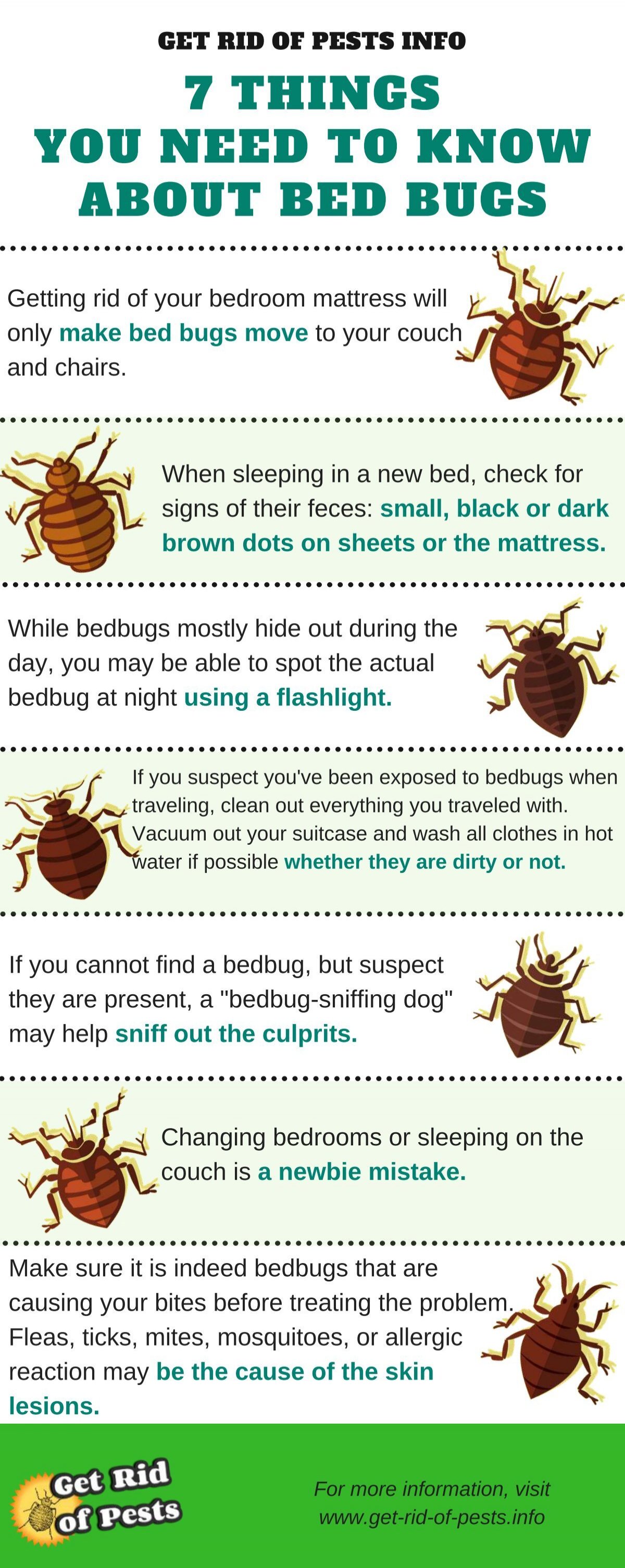




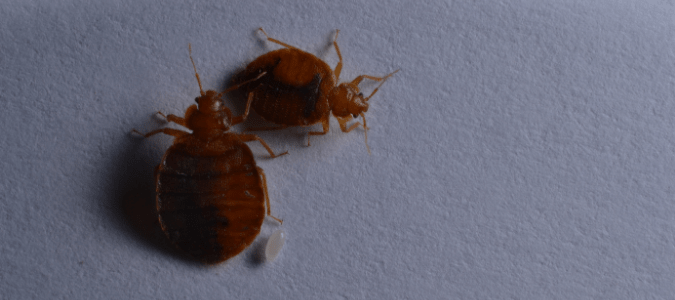
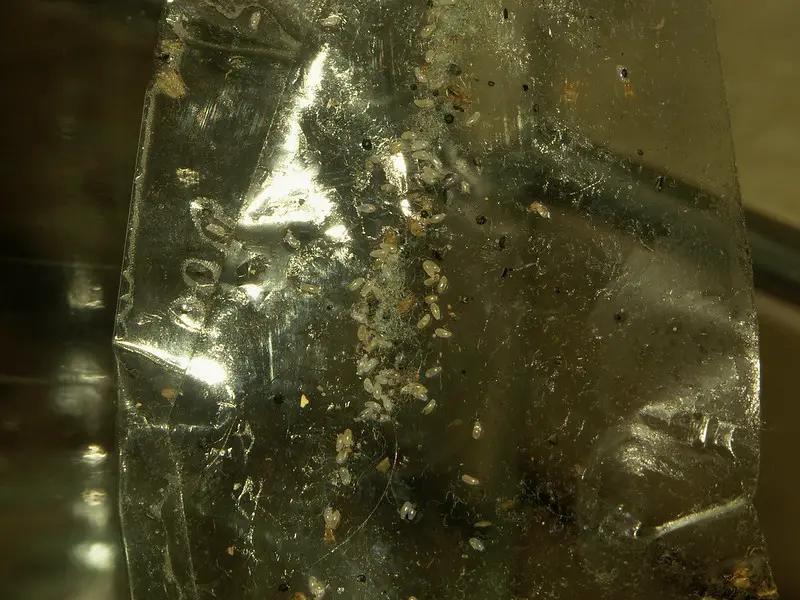

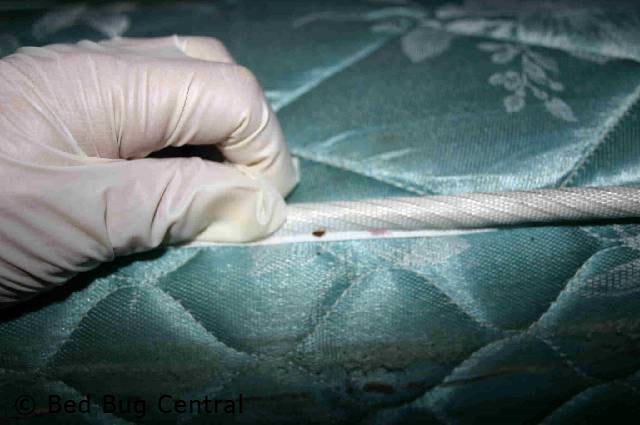





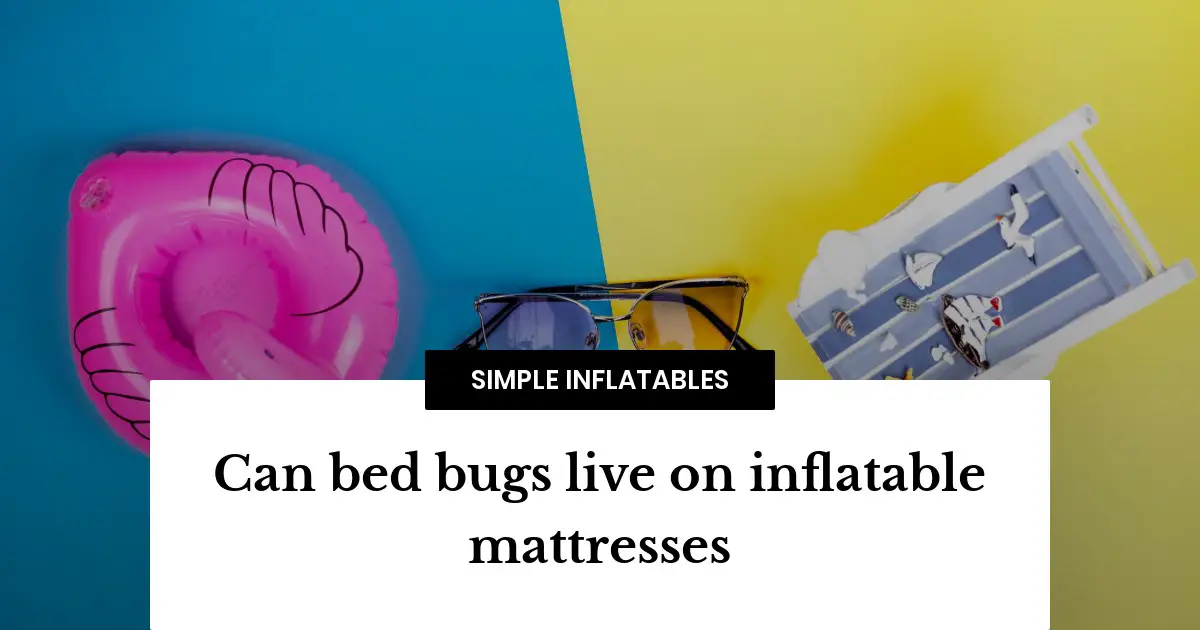

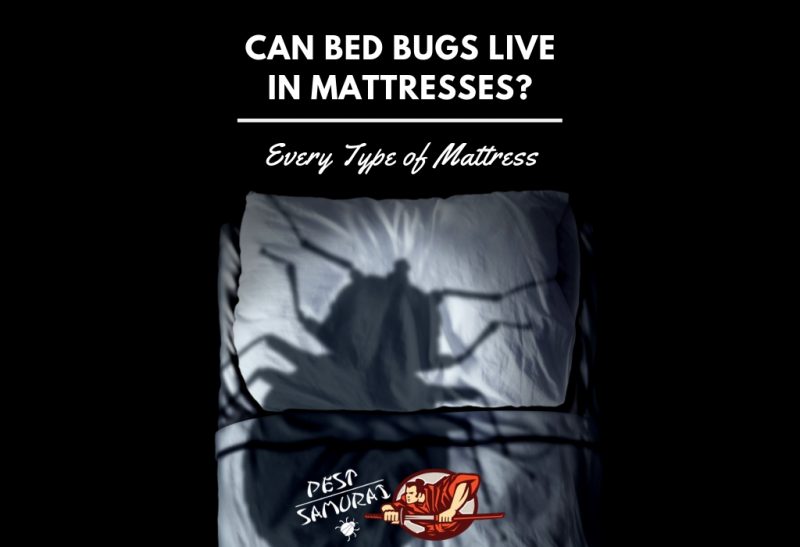
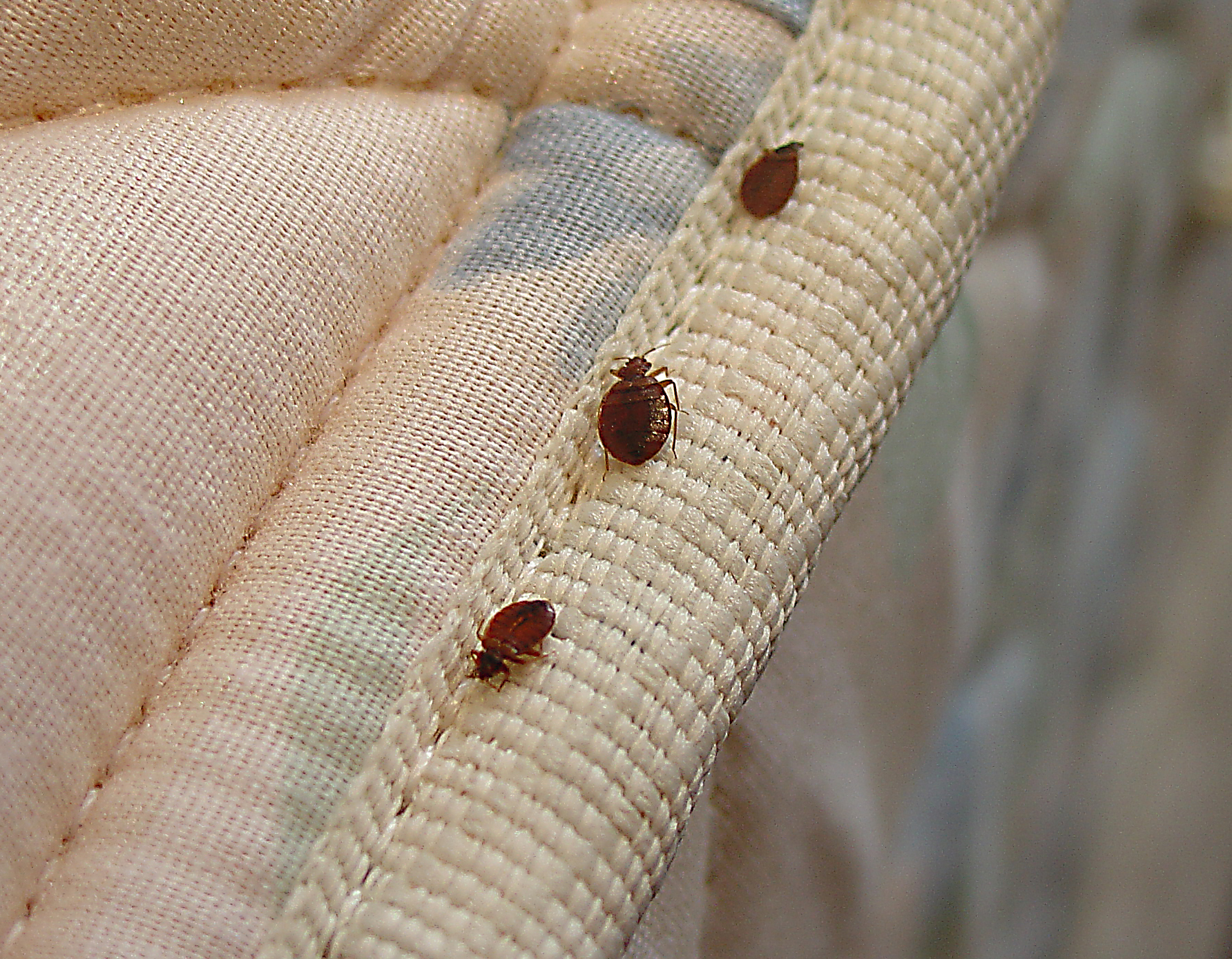

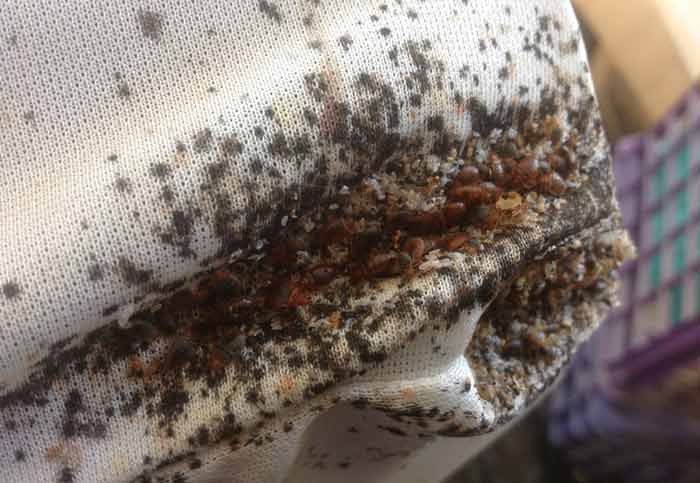
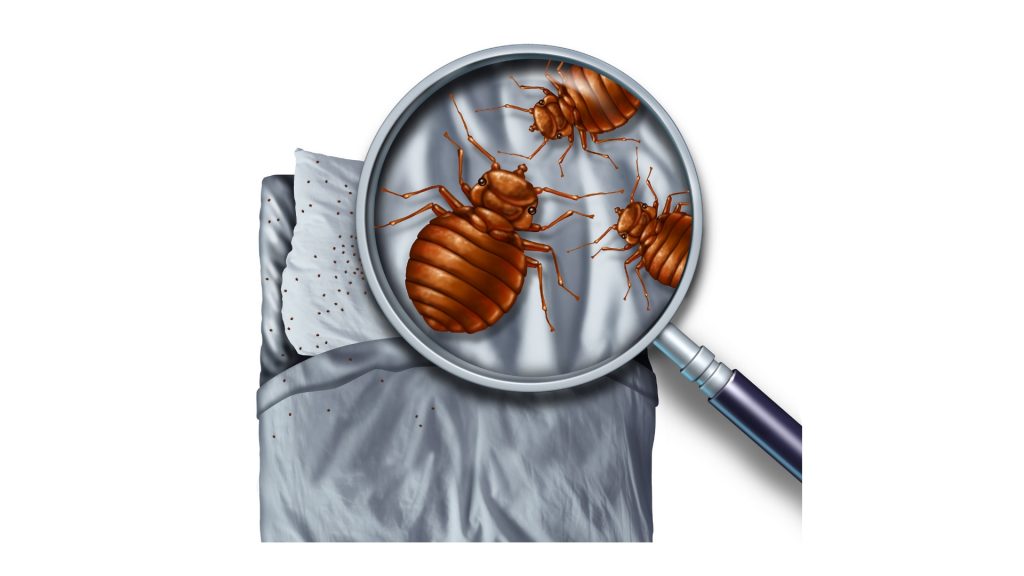






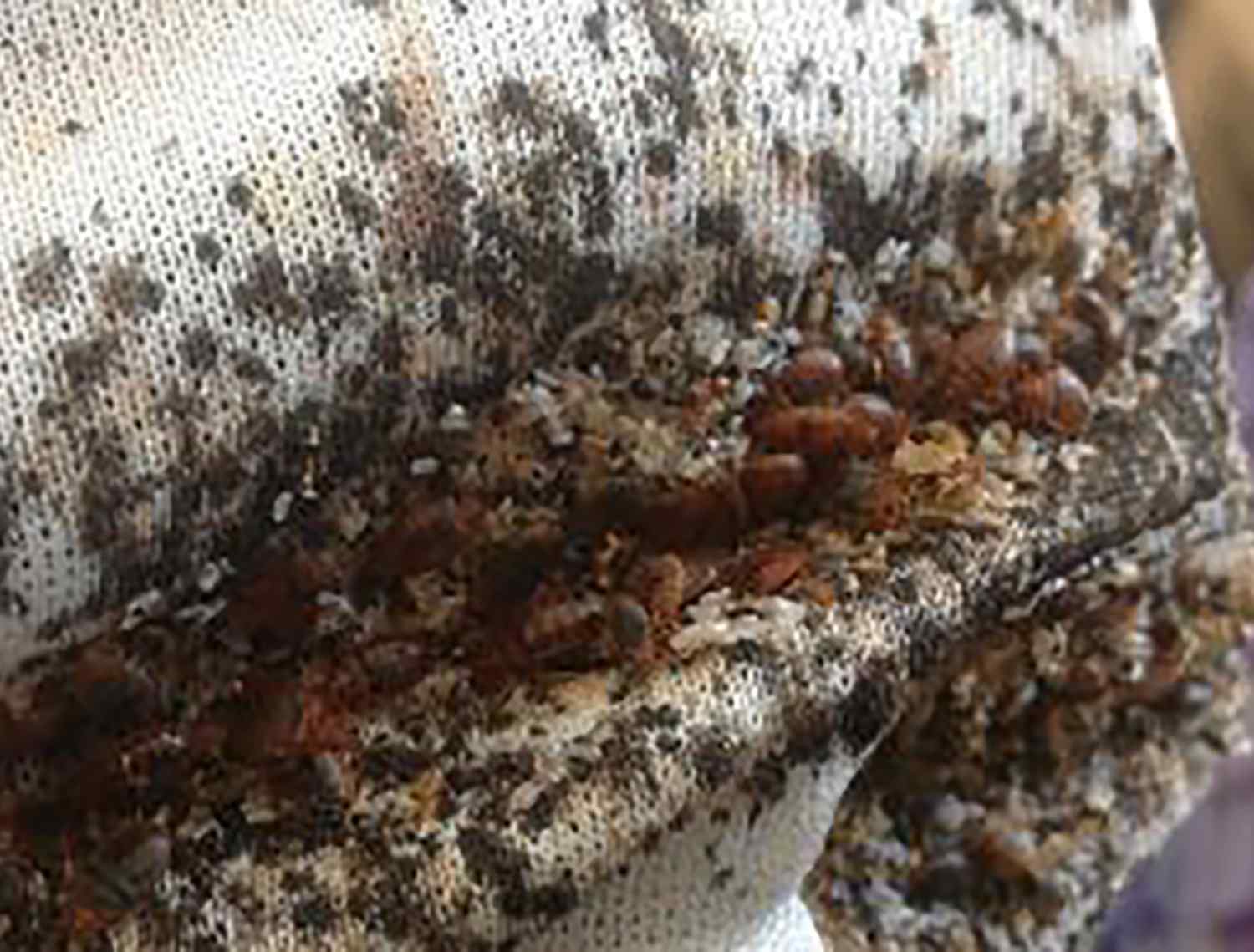

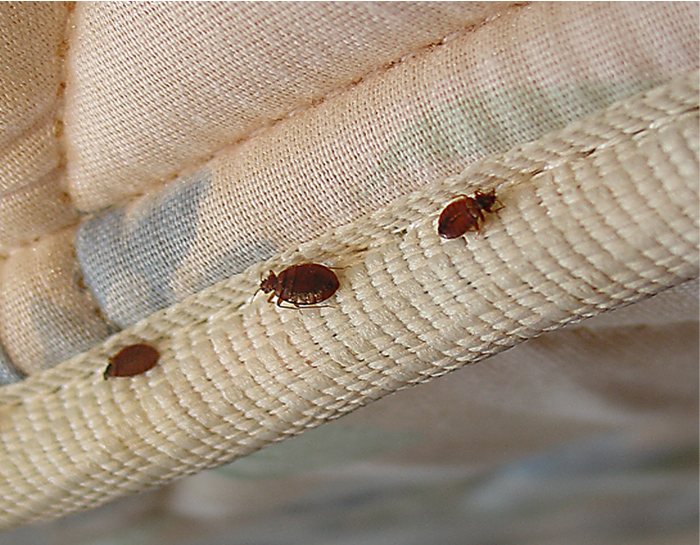
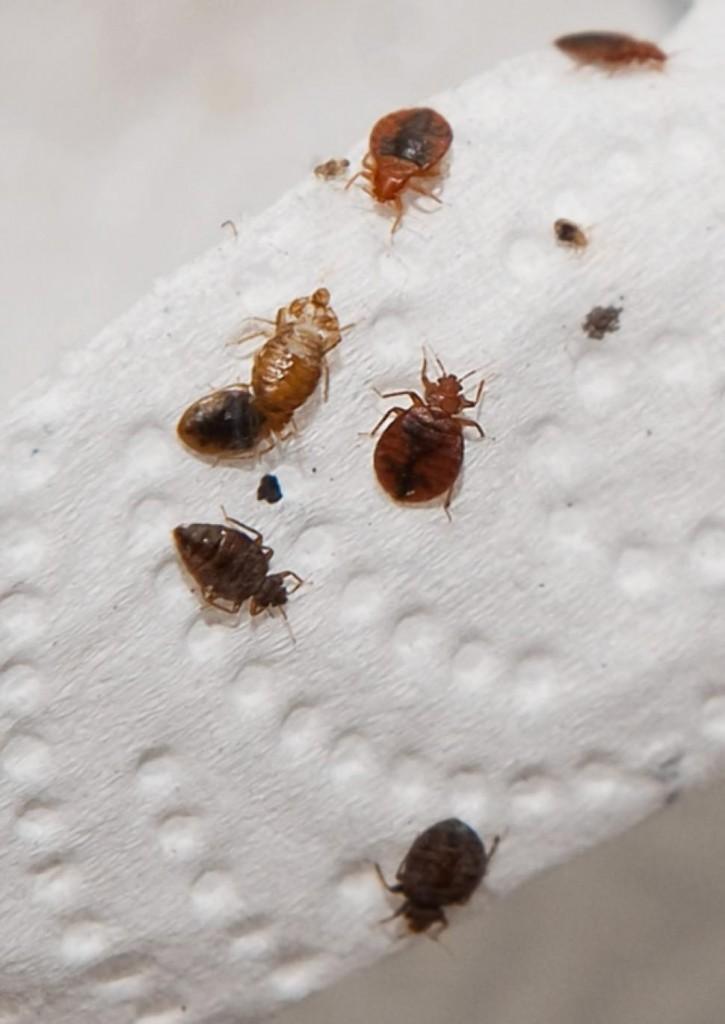

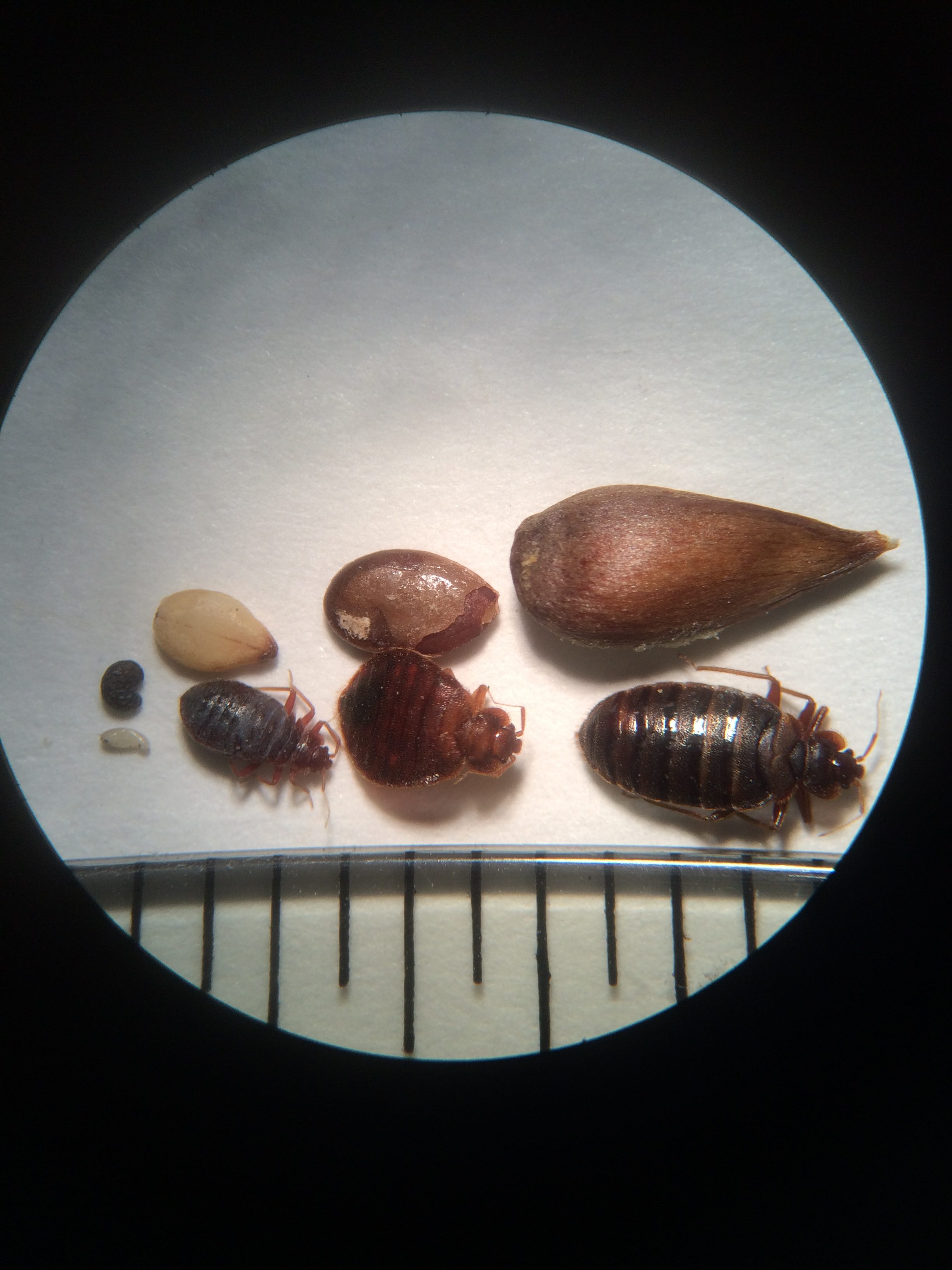
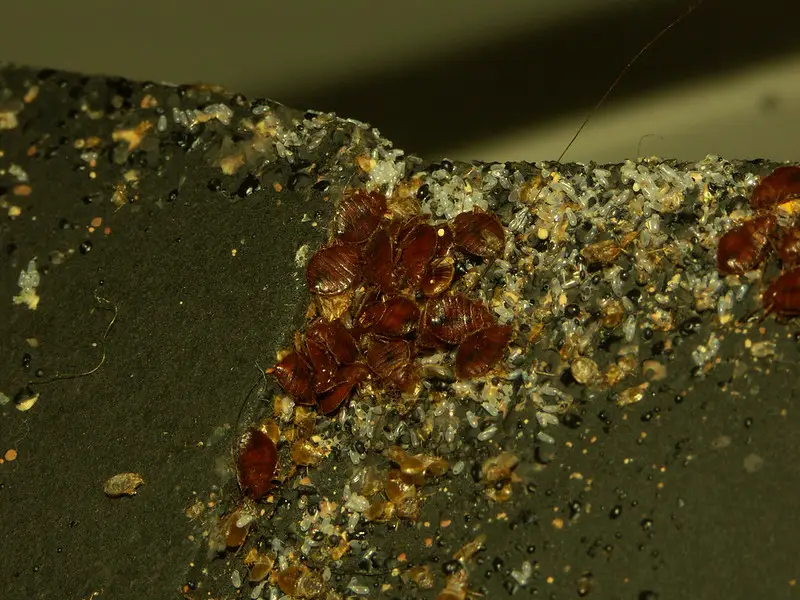

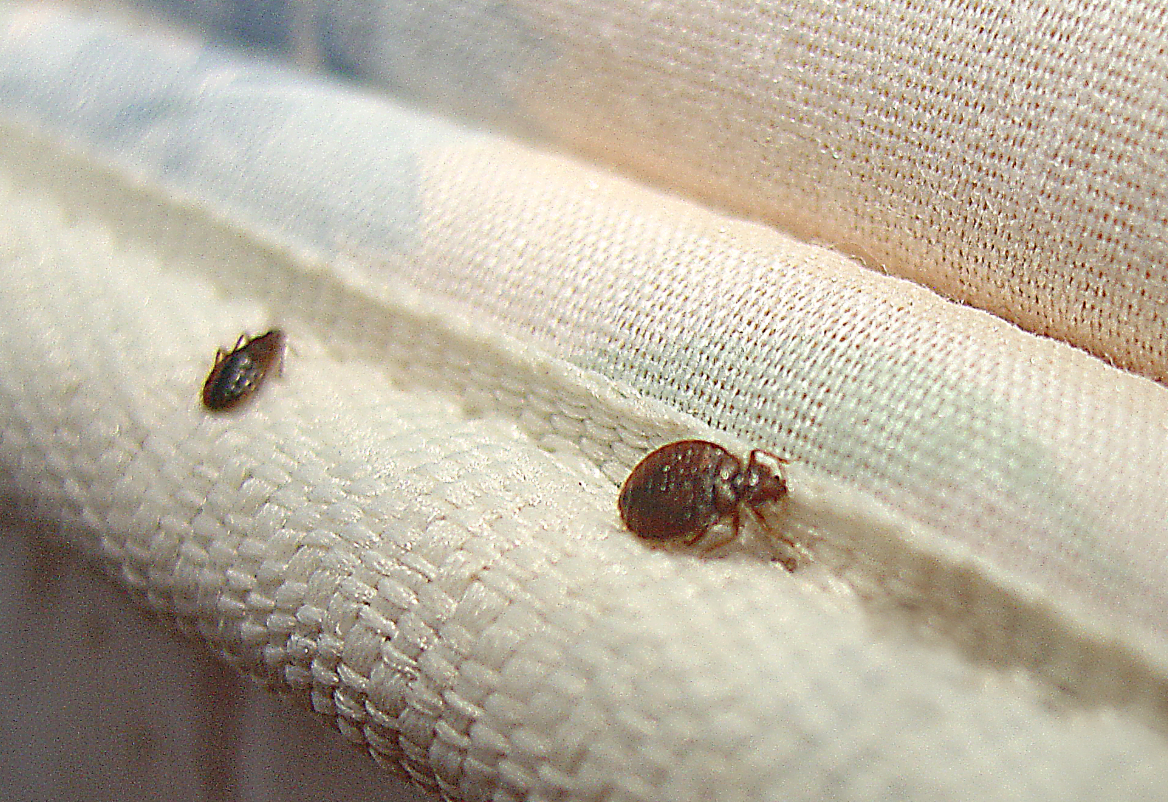


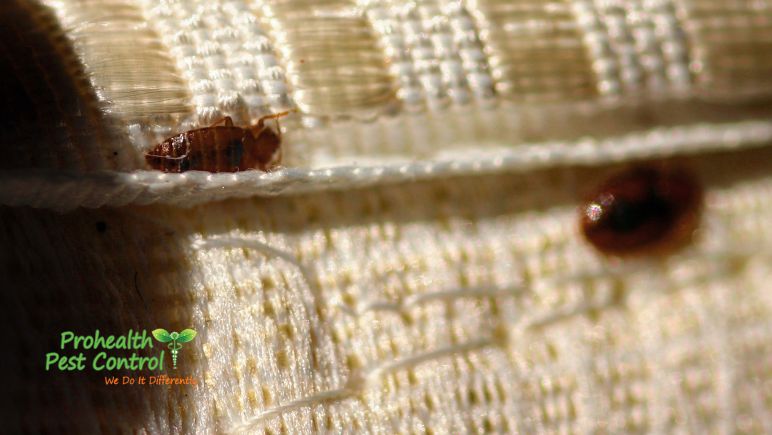


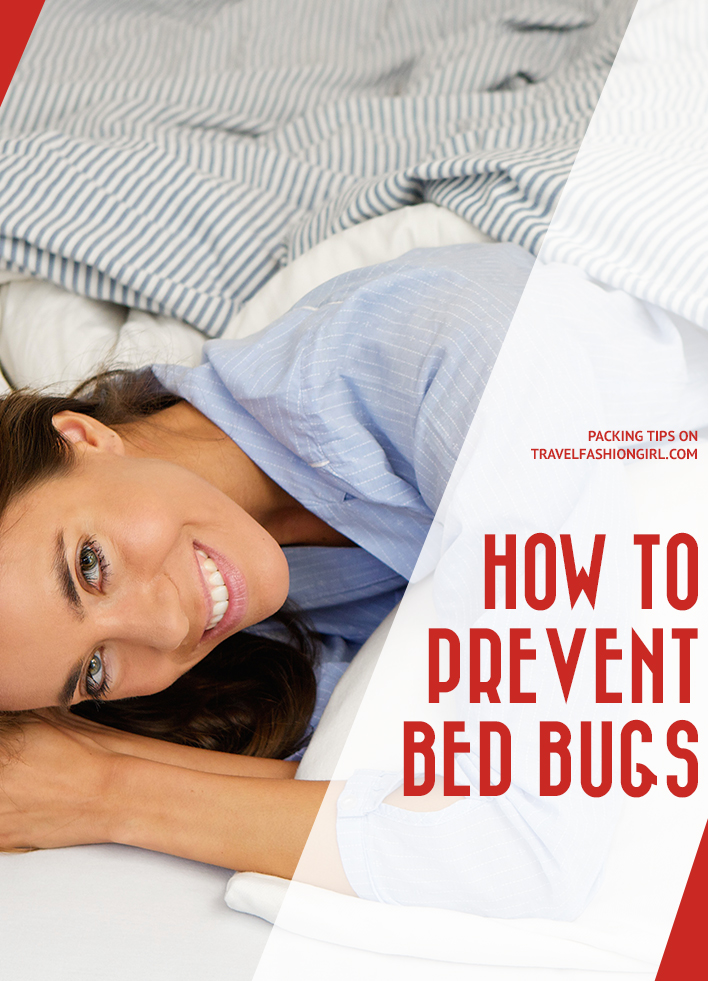




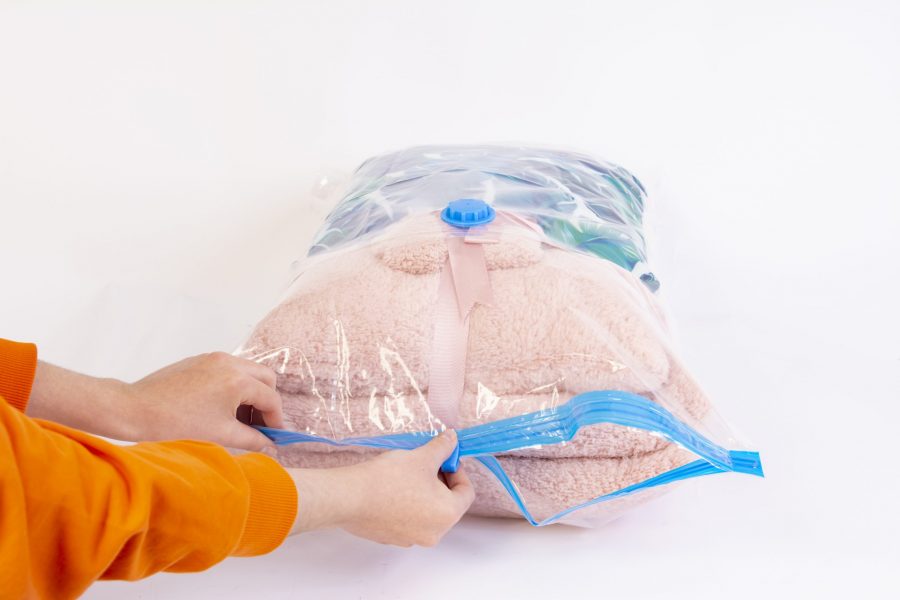


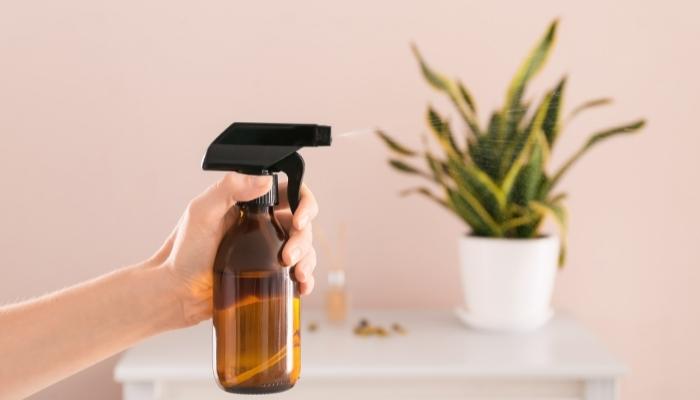




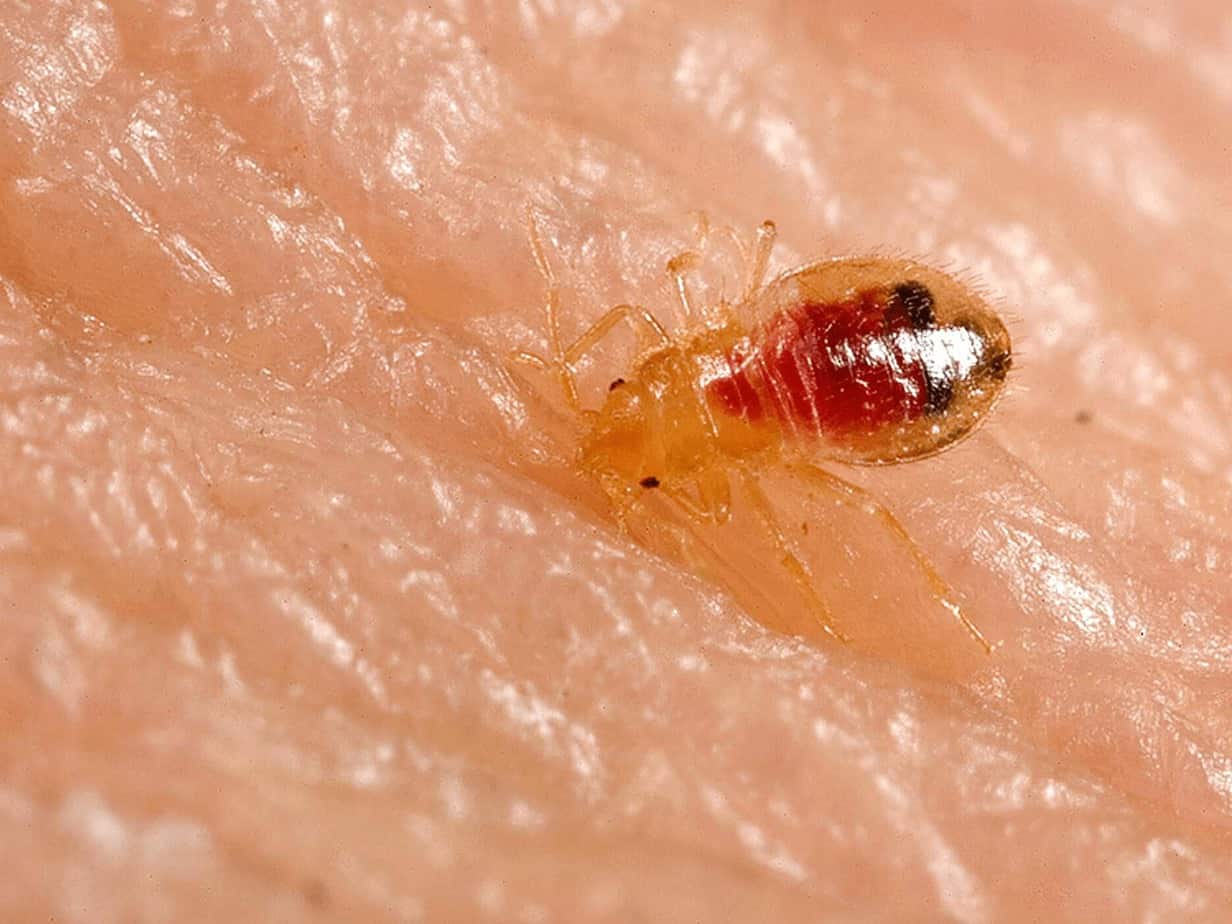
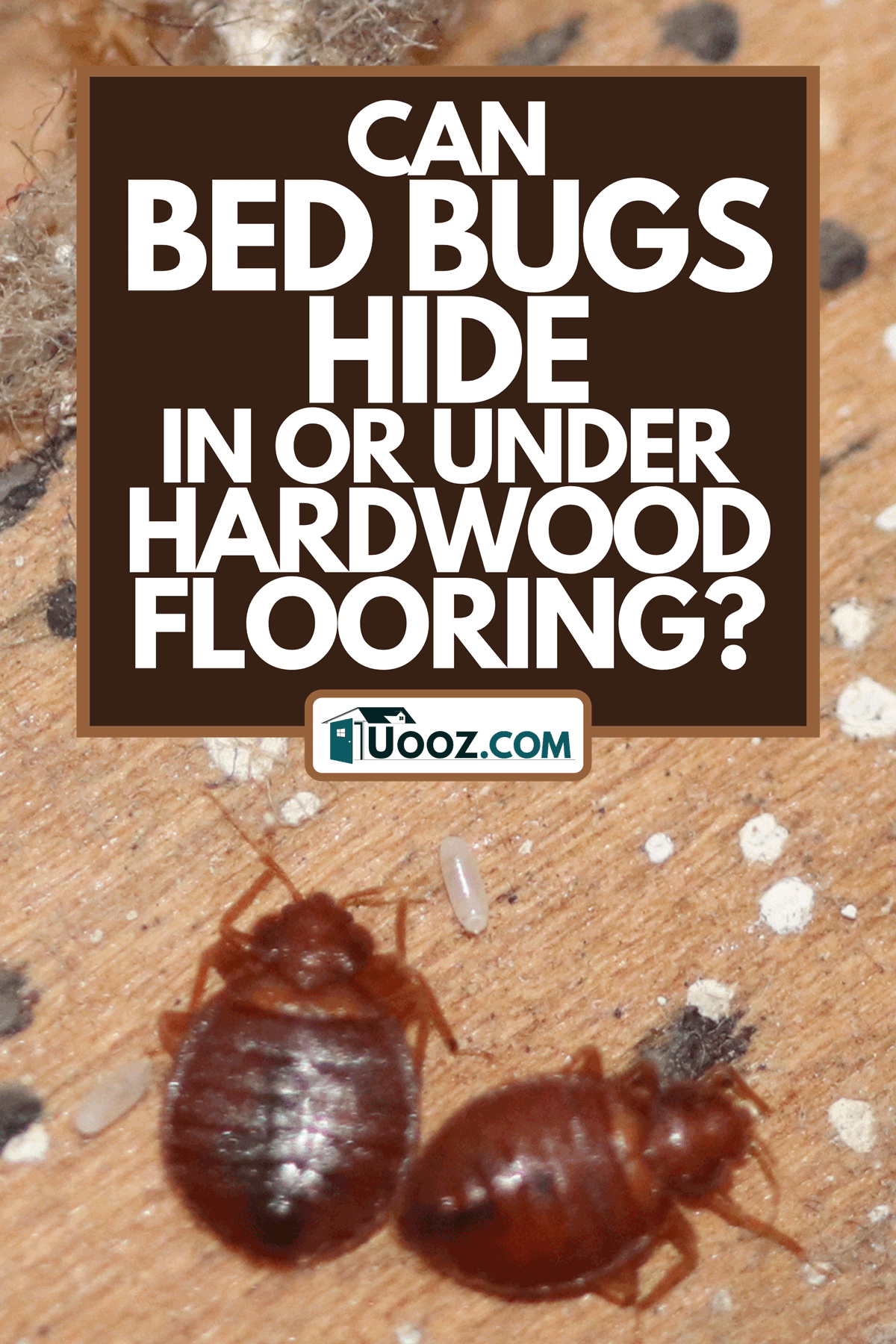


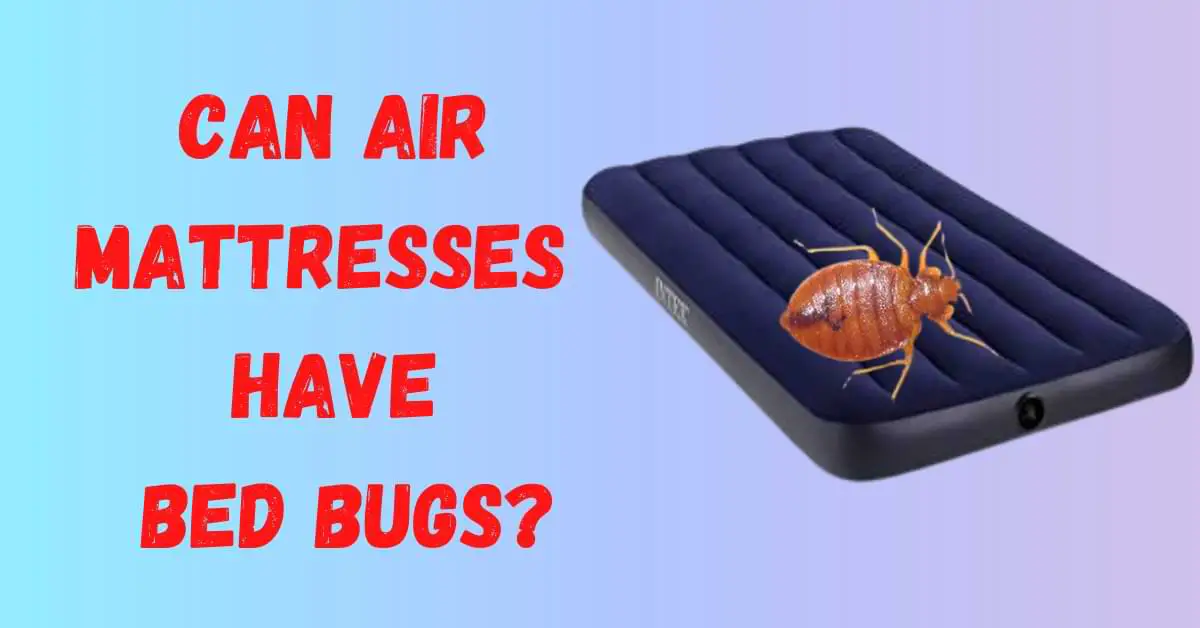


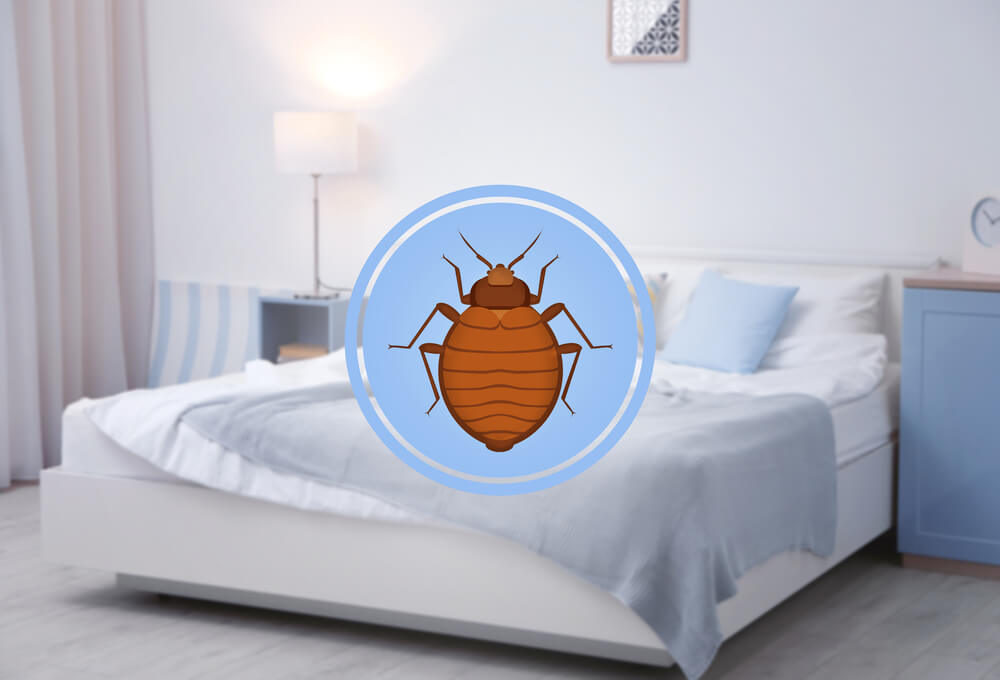







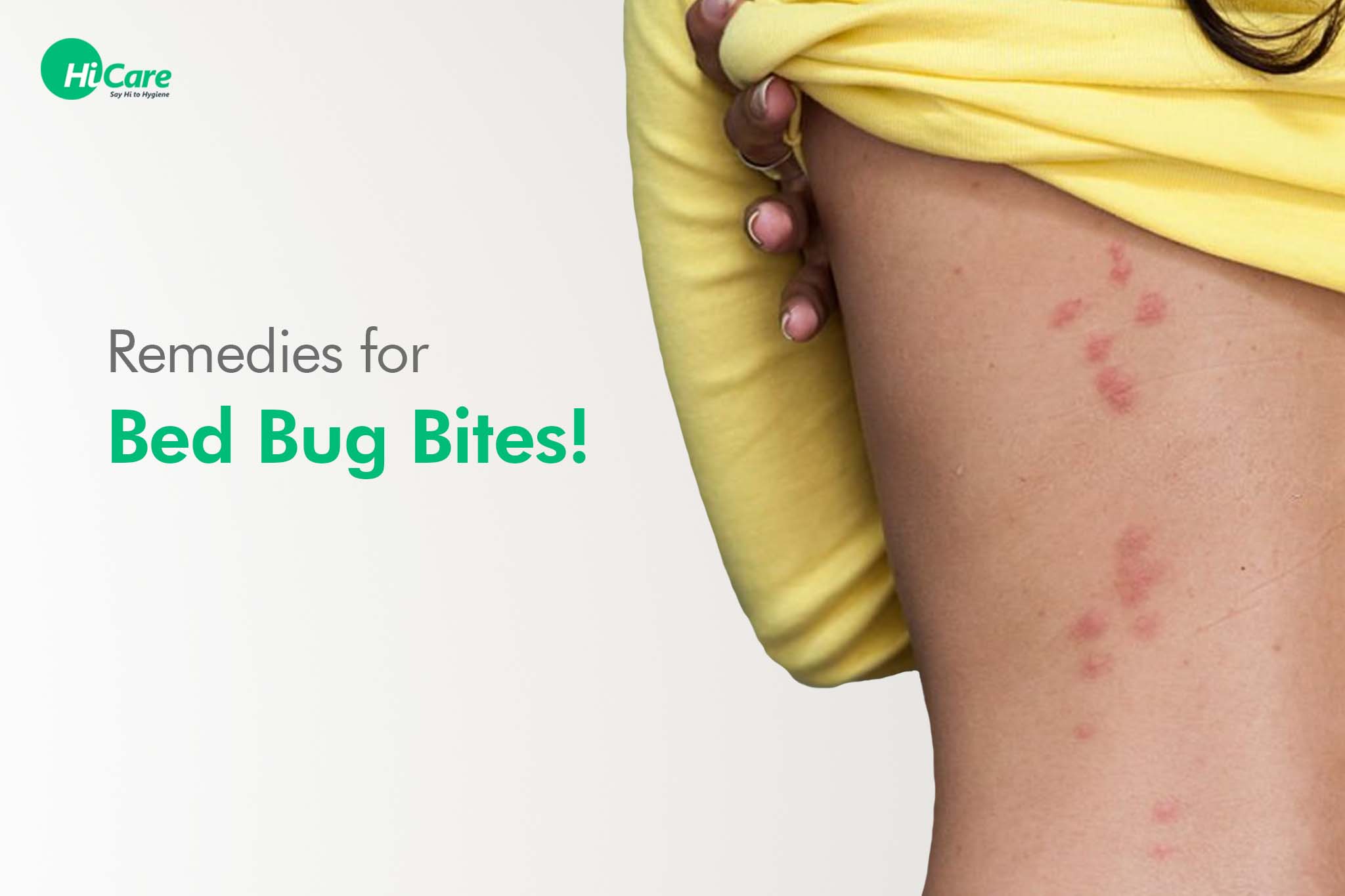
:max_bytes(150000):strip_icc()/bed-bug-bites-overview-2633482_v2-f8bfc57491af4e7a93307ec27a0d9652.png)

